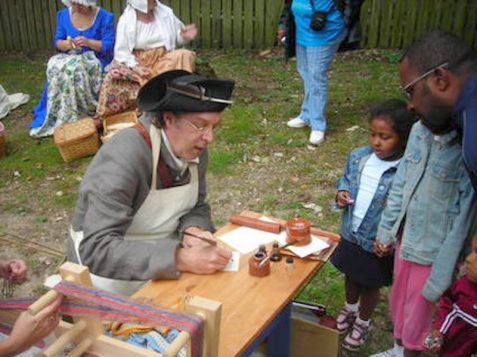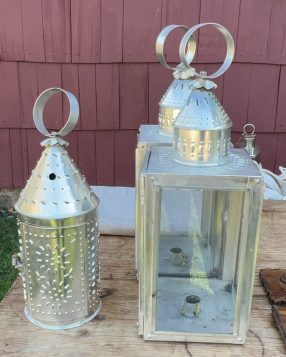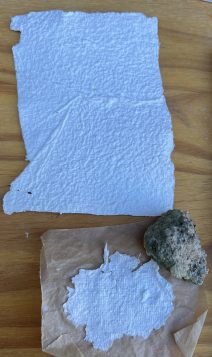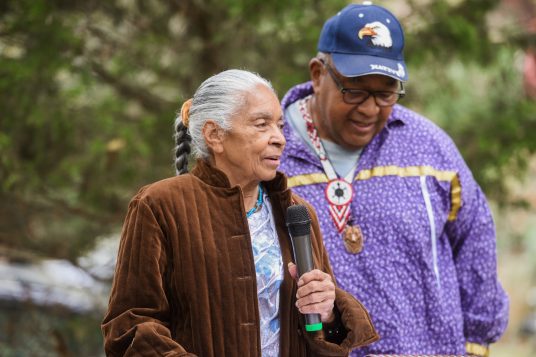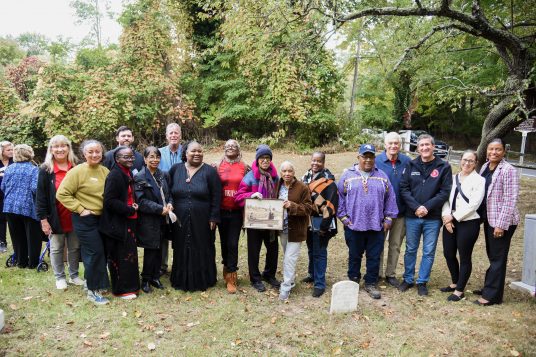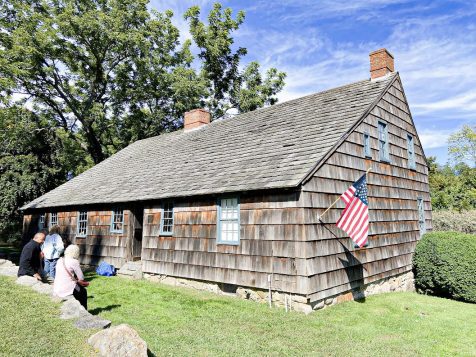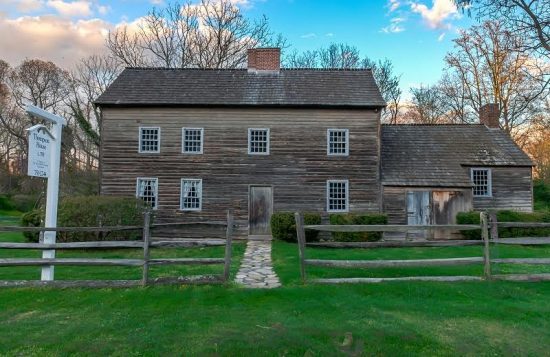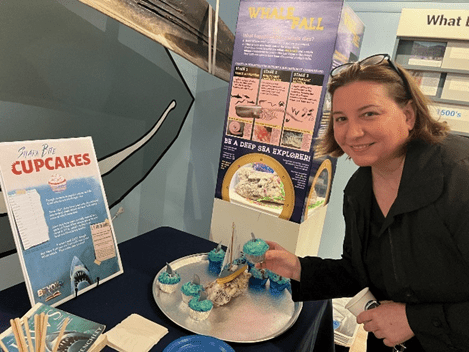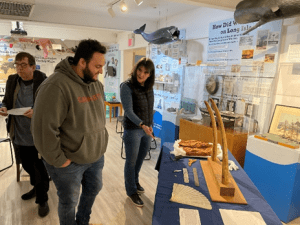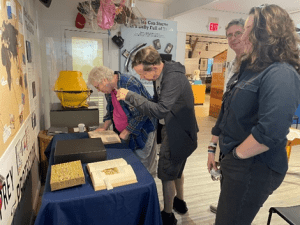It’s time to support a great cause. The Three Village Community Trust (TVCT) will host its 20th Annual Fall Gala Fundraiser on Wednesday, November 13th at the Old Field Club in East Setauket, an event that brings together many of the area’s most prominent leaders from government, business, cultural organizations, educational institutions, and civic groups for one special evening.
This year’s Gala features two “rock stars” — the internationally renowned scientist and honored guest Heather Lynch, and the celebrated classical and jazz guitarist Steve Salerno. Attendees of the Gala will have the opportunity to hear and see both luminaries in one place.
Dr. Lynch is an acclaimed author, researcher and lecturer, who was recently named the Inaugural Director of the Collaboration for the Earth at Stony Brook University. A recipient of many academic honors, she is a well-known captivating speaker, and a leading voice in climate science.

Steve Salerno is a world recognized classical and jazz guitarist. His wide ranging musical talents are a special feature of this year’s Gala. The Trust feels fortunate to have Steve take time off from his busy performance schedule to provide “tunes” for the evening!
The Fall Fundraising Gala is the Trust’s most important source of funding to “Protect the Places You Love.” As an all-volunteer, not-for-profit, the Trust depends on the Gala to support its projects throughout the upcoming year.
Every Trust site benefits by this event — Patriots Rock Historic Site, The Immigrant Factory Houses, The Hawkins Homestead, the Smith/deZafra House, the Tyler House, the Setauket to Port Jefferson Station Greenway, the Steven D. Matthews Preserve and the Bruce House. Additionally, this event helps fund the Dr. Robert and Julia deZafra Acquisition Fund which helps the Trust purchase historical properties in the future.
Like in the past, the Gala offers attendees amazing lite bites, wine, spectacular raffle baskets and great company and is a festive way to kick off the holiday season. The winner of this year’s art raffle, a Gamecock Heirloom Chest created by Master Craftsman William Solan in his Stony Brook workshop, will also be announced. Available on the Trust’s website, the raffle tickets are $50 each and only 100 raffle tickets will be sold. The winner does not need to be present at the gala.
 This unique chest at 30”long, 18”wide and 16”high was designed and built by Solan using repurposed wood from the iconic Gamecock Cottage at Shipman’s Point in Stony Brook. During the first restoration of the Gamecock cottage more than thirty years ago, Bill was the lead carpenter. Today, Bill is helping with the current renovations of the cottage by handcrafting the detailed moldings for installation on the building’s Swiss-chalet exterior.
This unique chest at 30”long, 18”wide and 16”high was designed and built by Solan using repurposed wood from the iconic Gamecock Cottage at Shipman’s Point in Stony Brook. During the first restoration of the Gamecock cottage more than thirty years ago, Bill was the lead carpenter. Today, Bill is helping with the current renovations of the cottage by handcrafting the detailed moldings for installation on the building’s Swiss-chalet exterior.
The chest is made from quarter-sawn Douglas fir that weathered the elements at Shipman’s Point for more than half a century. Douglas fir is known for its strength and stability, and was likely sourced in Canada, and shipped to Stony Brook from the west coast. The classic box joinery is ‘fitting’ for this remarkable chest. Antique handles complete the overall design.
“This is always a fun event that brings the community together to help ‘Protect the Places We Love!’ A wonderful time for all!!” said Herb Mones, President of the TVCT.
Tickets to the event, which are $75 per person, can be purchased on the Trust’s website, www.threevillagecommunitytrust.org. For more information, call 631-942-4558, or email [email protected].


